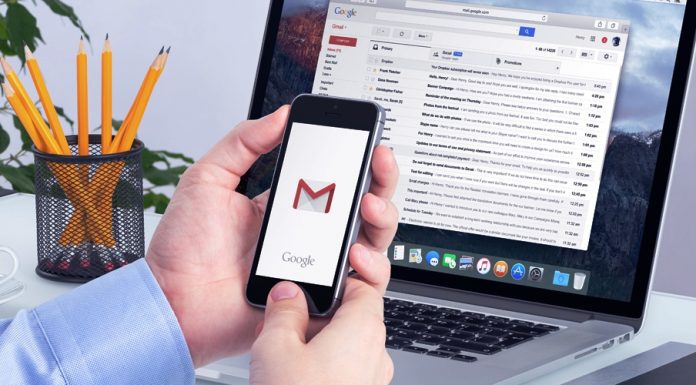Setting up the internet in a new home can be a daunting task, especially for the first-timers. There are a thousand things that need to be taken care of and a million other questions that require ready answers. For instance, how to make sure that the internet brand you are going for is a reliable one? How to negotiate with the agents and land upon a fantastic deal? How to choose between the different sorts of packages? How to know the ongoing market prices? Lastly, how to select the speeds you really need?
Though it may seem like a mammoth job that would take forever, nevertheless, with the right guidelines, it can be converted into a much smoother and easier piece of work.
(Top 3) Best Helpful Guidelines for Configuring Your Internet Connection
In that connection, allow me to present the following information pointers, which will save you a few hours of research and help you readily set up digital services, especially the internet, at your new residence. Check them out below.
-
Notice the Average Cost per Connection –
Quick question: Would you jump off a cliff into the sea without any prior thought or would like to know the height, the depth, and the distance beforehand to see if you’d survive the fall? If you were smart, you would opt for the second route. Why? Because it will help you in preparing for what is to come.
Similarly, it is advisable to know the ongoing market rate of the standalone internet service, so you have an idea of what to negotiate with and what to settle for. According to the latest survey, the average cost of the internet in America hovers around $50 per month in the introductory offer. It rises to $60 after the end of the promotional period.
Now that you are aware of the price range, aim for a lower bracket to get an internet service that is as affordable as Spectrum internet plans.
-
Notice the Average Speed of Connection –
Most of the internet packages that are available today offer speeds higher than 100 Mbps, which is supposed to be the least ‘high speed’ mark. However, the question you must ask yourselves is whether your lifestyle really requires such a high-speed, high-priced broadband connection.
Do you use the internet for simple browsing and file sharing (10+ Mbps), or do you use it for online streaming (25+ Mbps), or do you use it for playing games online and other heavy ventures (40+ Mbps)?
Once you answer these set of questions, you would know the bandwidth speed you actually need, and the one you should be paying for. The average internet speed in America is around 26 Mbps, which is, to be honest, more than enough to suffice.
-
Notice the Type of Connection –
You have to cross a river, and there are plenty of ways to do that. Which one should you choose? Similar is the question asked by thousands of people out there who are stuck in the dilemma of setting up digital services.
The key is to figure out the kind of internet connection that is available to you and then selecting the one that suits your needs the best.
There is the traditional phone-line-based DSL, which is almost obsolete, delivering around 7 Mbps at best—not good enough.
Then, you have the cable-based coaxial connection, which is most commonly used throughout the States, giving more than 50 Mbps speeds.
After that, there is the new (though slightly expensive) fiber-optic connection, which is supposed to be the fastest one yet, yielding a whopping 1 Gbps!
Conclusion:
So, once you are familiar with these types, you can select the one you would like. Research for the most credible ISP operating in your area and contact them. Select an introductory deal that they might be offering or negotiate to create a package of your own.
By equipping yourself with the aforementioned info, you can easily set up an internet connection at home, one that is ideal in terms of your budget.




![[List] 8 Best Games you can Play on Kik to Kill your Free Time Free Game a Day](https://www.techinpost.com/wp-content/uploads/2017/08/image001-2-696x385.png)


![[Buy Now] Chuwi Hi 8 Air Review Tablet PC (Buying Guide) Chuwi Hi 8 Air](https://www.techinpost.com/wp-content/uploads/2018/02/Chuwi-Hi-8-Air-tablet-DUal-os-955x520-1-324x235.jpg)





